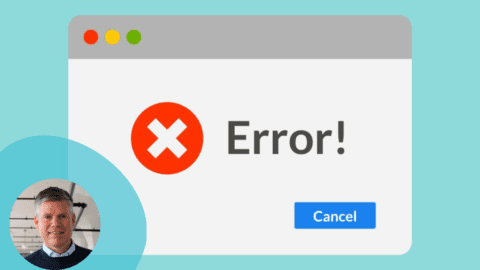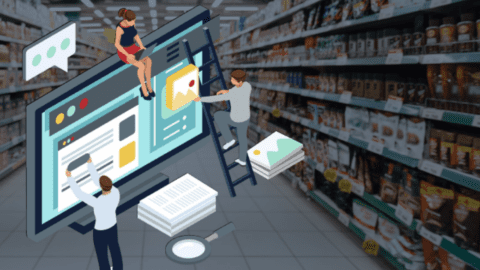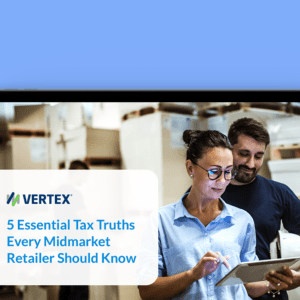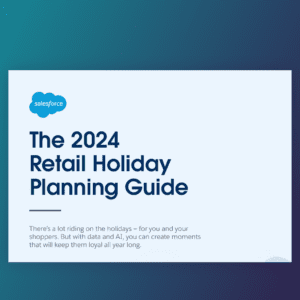This sponsored content is brought to you by Shopify.
While today’s consumers are increasingly shopping online, cart abandonment remains a critical issue plaguing businesses of all sizes and across categories. According to the Baymard Institute, the average online shopping cart abandonment rate is 70%, while mobile abandonment rates are even higher (85%).
These numbers are staggering on their own, especially when you consider the fact that these consumers are actively browsing websites and adding items to carts. However, there is an even larger audience to consider — an entire cohort of consumers who abandon ecommerce sites at other stages of the customer journey — when they’re first engaging with your branded ecommerce site, content and products, as well as when they’re just about to make a purchase. Those who are eagerly seeking an item but are deterred by slow load times, poor content rendering and shoddy site performance.
Slow site speed can impact all stages of the customer journey — its influence and business impact are widespread and if not tackled head-on, can have a significant impact on shopper engagement, brand trust and revenue results. Even a half-second improvement in site speed can lead to significant improvements in bounce rate and overall conversions, according to Shopify research.
Let’s dig deeper into each stage of the shopper’s journey and how site speed can help, or hurt, brand results.
Awareness: How Site Speed Impacts Inbound Traffic
When Google rolled out its “Page Experience” update, marketing and ecommerce teams were introduced to Core Web Vitals. One of the metrics that make up CWV is Largest Contentful Paint (LCP), which measures how long it takes for the primary piece of content “above the fold” — also known as the visual focal point of an ecommerce page — to load.
LCP plays a central role in how Google assesses site performance, ultimately dictating where sites rank on search engine results pages (SERPs). In Google’s eyes, the ideal load speed for a visual focal point is 2.5 seconds or less. If your site’s load speed is more than 4 seconds, your search rankings will worsen, and your overall traffic rates will plummet.
A big LCP influencer is slow server response times. If it takes too long for a browser to receive content from the server, it will take longer for anything onscreen to render. If you have a very content and resource rich experience with images and videos, that can slow down your LCP too.
Another critical metric is First Contentful Paint (FCP), which measures the time from when a user first navigates to the page, to when any part of the page’s content, such as text, images or any other visual element, is rendered on the screen. A solid FCP score is 1.8 seconds or less. For brands on Shopify, average FCP is even less, at a mere 1.2 seconds.
Both LCP and FCP impact Google rankings, which can hinder your ability to reach and acquire new customers. If the visual aspects of your homepage take too long to load and render, your brand will essentially be undiscoverable among Google users who are on the hunt for a specific trend or product. These metrics also play a critical role in how consumers first enter your brand site and, most importantly, experience your brand. If it takes too long for them to have that first big moment interfacing with your brand visuals, content and products, they are more likely to immediately abandon ship. Slow load times can increase abandonment by 75%.
Transformer Table, a multifunctional furniture brand, was able to tackle this issue by switching to Shopify and ultimately experienced a 67% increase in site speed. By maintaining a faster site and using Shopify’s built-in search engine optimization tools, the company saw search rankings for numerous targeted keywords improve month over month.
Advertisement
Engagement: Why Site Speed Makes (or Breaks) Product Discovery
Brands are no longer just product sellers; they are content creators and publishers. They are investing in rich features and widgets to integrate this content, such as in-depth product videos, detailed product descriptions and more, to drive ecommerce engagement and empower shoppers to make the best decisions. Just by adding user-generated content to their sites, brands can see a 3.8% lift in conversions.
But when a site is loaded with rich content, interactive elements and Javascript files, it can slow site performance to a crawl. Image and media optimization through compression is critical for keeping site speed in check, and responsive images ensure mobile users have an equally positive experience.
Arhaus focuses on creating and amplifying inspirational content to convey its brand promise: to provide premium home furnishings that are “sustainably sourced, lovingly made, and built to last.” This content isn’t just designed to pique interest; it fully immerses consumers in the Arhaus story and differentiates the company from others in the marketplace. Arhaus migrated from its complex homegrown platform to Shopify and was able to ensure consumers could discover, and consume, this content quickly and easily.
“Measuring how many pages people were going to and how long they were staying on the site, a lot of those metrics got far better when we moved over to Shopify,” said Steve Bauer, VP of Ecommerce and Digital at Arhaus. “That’s not just because of user experience, but also things like site speed and the way images were displaying on the site. We like how everything is rendered and structured. That was a huge win for us.”
Conversion: Fluid Checkout Separates the Leaders from the Laggards
Poor site speed slows the path to purchase and, in some cases, can make it fall completely off course. But slow site speeds also can wreak havoc on the bottom of your sales funnel, increasing your “checkout abandonment” rate — when shoppers begin the checkout process but don’t complete their transactions.
When faced with slow load times and glitchy checkout flows, consumers may end up second-guessing their purchases; or worse, they may grow so frustrated by the experience it may turn them off from your brand completely! During high-traffic periods like the holiday season and flash sale periods, site performance may slow even more, which will prevent businesses from fully capitalizing on critical revenue moments.
For example, Lulu & Georgia saw its site performance slow, or go completely down, during high-traffic and high-scale events. “We had severe issues even just taking and fulfilling orders,” said Anis Tayebali, VP of Engineering at Lulu & Georgia, about why they ultimately migrated to Shopify. “The growth of the company was at risk, and hence we wanted to move to a partner where scale or performance were not an issue.”
Innovating with Speed and Ease
It’s easy to focus solely on how site speed impacts consumers. After all, if they can’t engage with your ecommerce site and all the content and elements that help them get inspired and discover products, they won’t make a purchase. And if they don’t make a purchase, well, you won’t hit your revenue goals.
But slow site speeds create a domino effect across the organization that impacts your internal team’s productivity and performance. Any time site speed lags, ecommerce teams need to pull in their IT and dev counterparts to tackle these issues, using precious time and resources to simply keep operations running. Your team should be focusing on bigger-picture initiatives and projects that help your business differentiate and keep pace with new consumer expectations and industry disruptions.
With ecommerce, there are so many opportunities to innovate. But if your team is being pulled in to focus on baseline performance operations, they can’t identify what those opportunities look like for your business and develop clear action plans. Remove the burden from your tech team and empower business users to act and keep conversions high.













